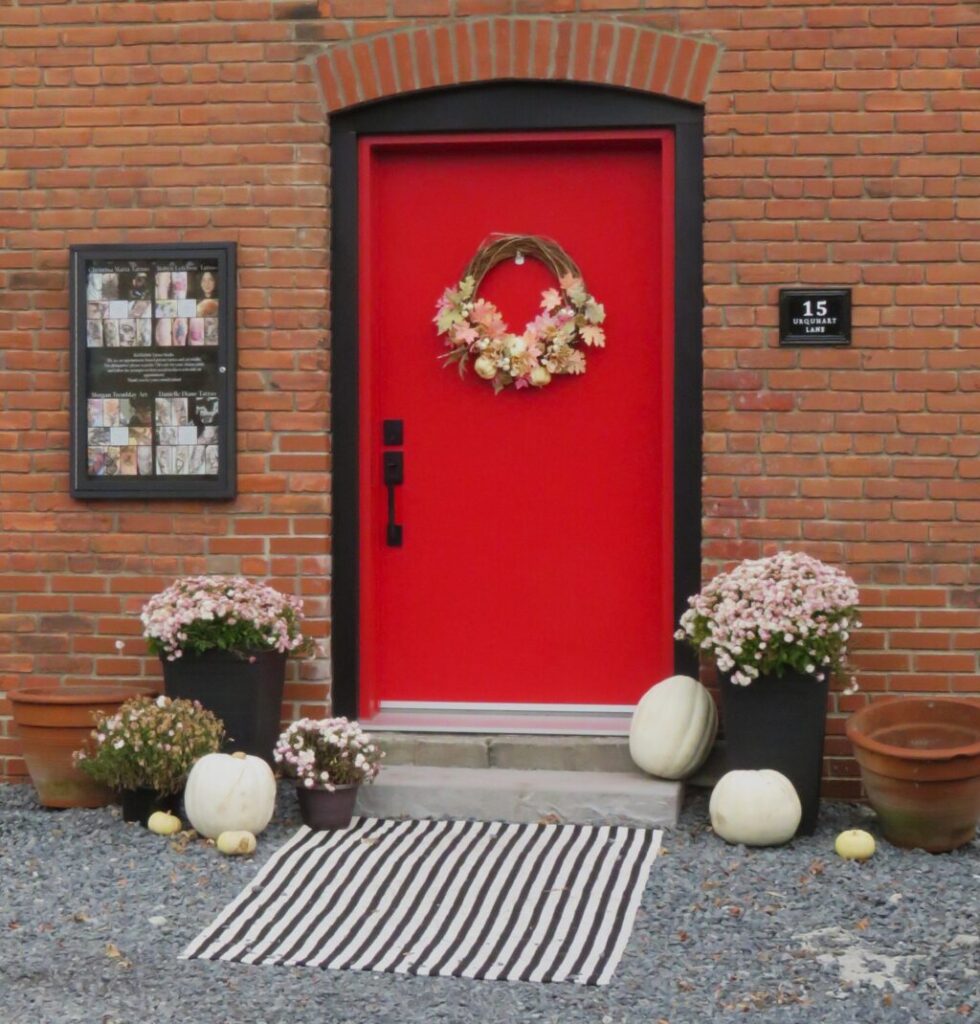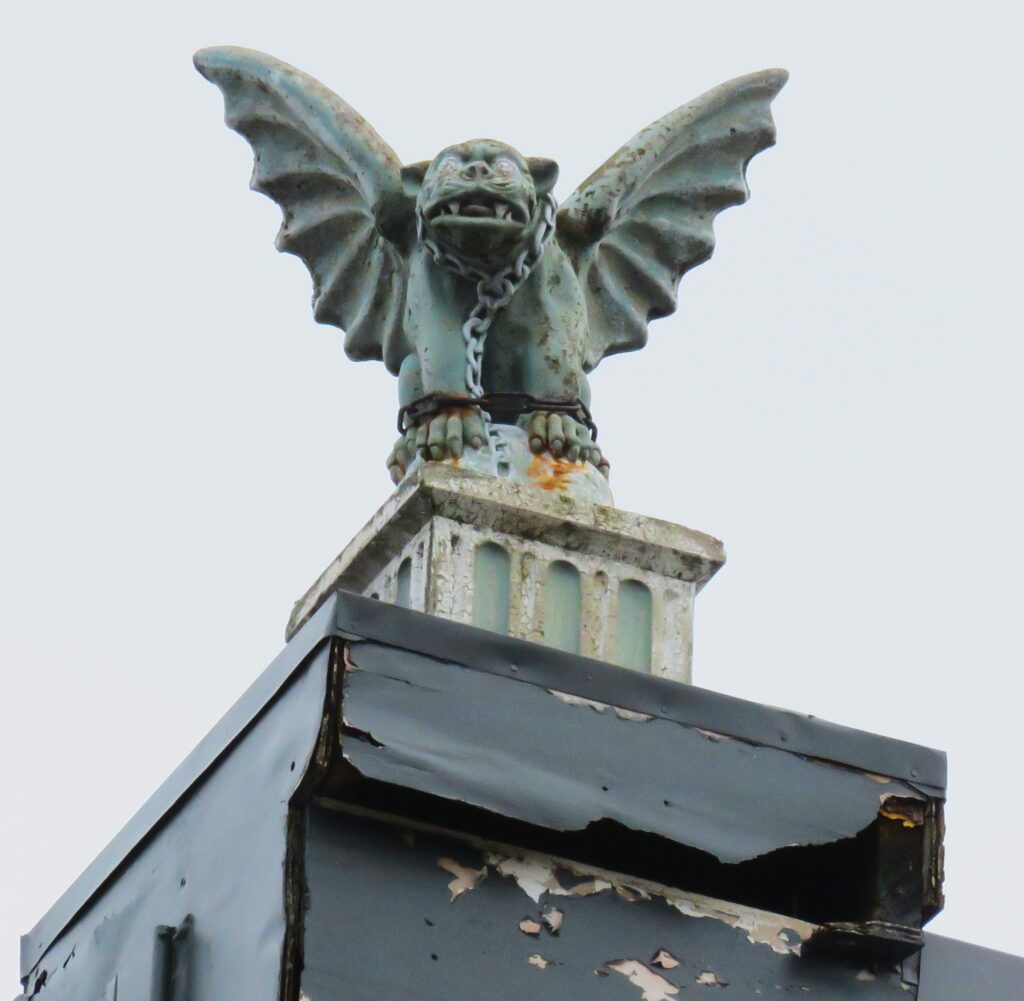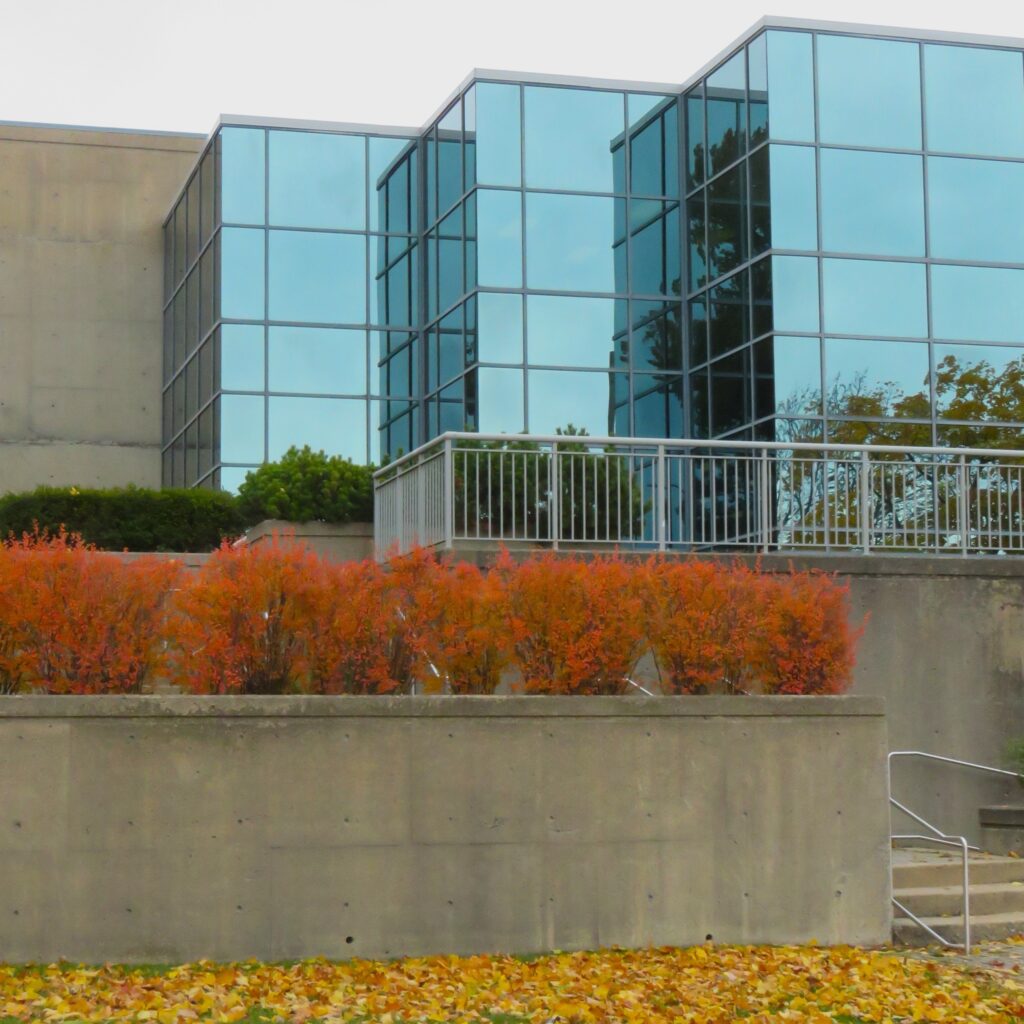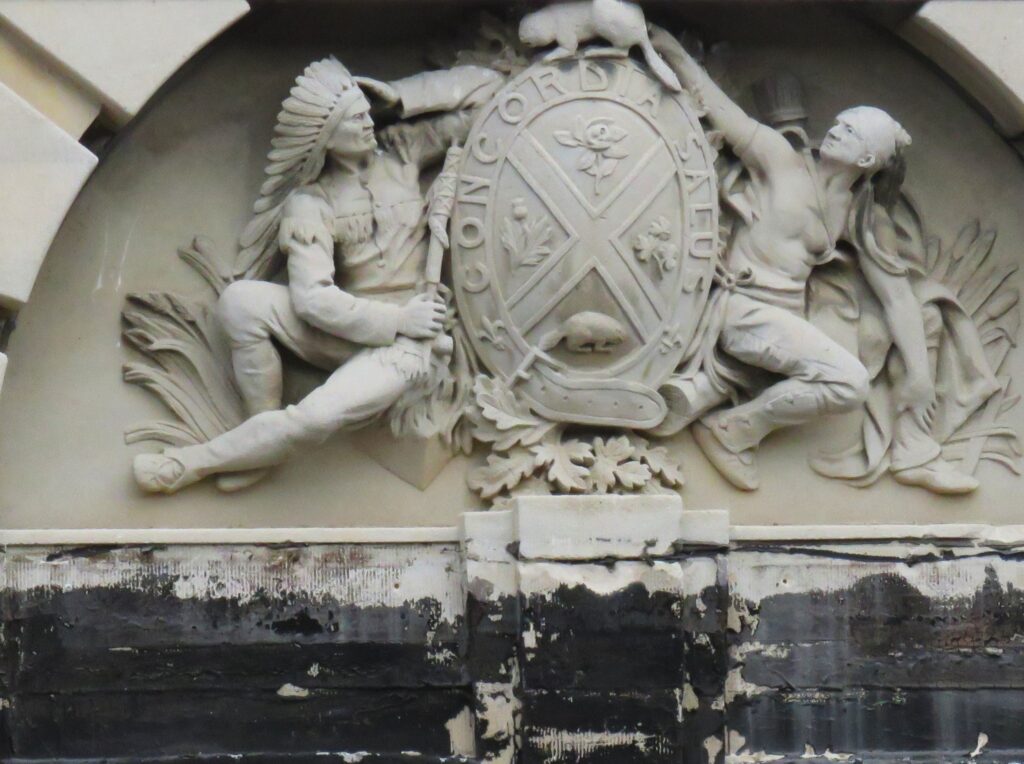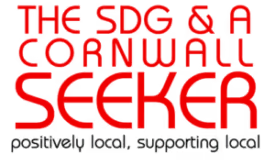Architectural Photography Workshop
On November 7th, I took part in a one-day Architectural Photography Workshop taught by professional photographer, Terry Tinkess, at the Tri-County Literacy Council, the proceeds of which benefit the TCLC.
I was eager to learn another facet of photography; one I was less familiar with. During the introduction, the following statement resonated with me: “More than frequently they (the buildings) are allowed to disappear, left only to remain in the memories of those who valued them.” As Terry explained, a picture is never as good as the scene between your ears, but it allows us to share it with others. To illustrate this, we looked at photos of historical buildings in our city’s past such as The Cornwallis Hotel, the Cotton Mill, Courtaulds, and Woolco, and as we did so memories came flooding back.
We learned that in architecture, photos are characterized into two main types: those that show the big picture (the entire building), and those that focus on the details (close-ups) which might include texture, shadows and light, or special features, all contributing to the overall picture or ‘the sum of its parts.” Both types are essential in creating the vision.
Our field trip consisted of a walk in the Downtown BIA where we focused mainly on historical architecture. We started our excursion by entering a laneway where we located remnants of the former Palace Theater, built in the 1920’s. I admit that I was first drawn to the pigeons on the roof, but that is the birder in me. Not much of this landmark remains to lend testimony to its once thriving life, other than an exit door and a suggestion that a marquee may have once hung above it.
I was intrigued by the stone coat of arms above the former Bank of Montreal originating in 1911 and learned that “Concordia Salus,” is a Latin phrase meaning “salvation through harmony.” In researching its history, I discovered that this original coat of arms was redesigned in 1934 because it didn’t meet the official standards that required that the First Nations supporters be standing. They are clearly not doing so in this version.
The next building to catch my interest was 155-157 Pitt Street, built in 1890. I’m not sure what its original purpose was, but it was designated as a heritage property by the City of Cornwall where it is recorded as having been the estate of Richard Larmour from 1899-1919 and operated as a dry good store. In the 1960’s it was an A&P grocery store, which apparently was an abbreviation for ‘The Great Atlantic & Pacific Tea Company.’ It was most recently known as the home of Table 21 and Truffles Burger Bar. What caught my attention here were the gargoyle figures on the roof, a distinctive feature of gothic style architecture. Apparently, gargoyles were often added to designs to double as waterspouts for catching, draining, and diverting rainwater from the buildings to protect them from damage. I’m not sure if this was the case here or simply a decorative, albeit grotesque, feature.
The vibrant red door at the newly renovated Crush Lane and Red Rabbit Tattoo building at 15 Urquhart Lane called out to me as did the graffitied one behind 33 Pitt Street, former home of the 1980’s Aardvark. Distinctive presentations yet making bold statements, in my opinion.
Straying from the older architecture, we ended our outing with the more modern Service Canada Centre at 111 Water Street East. We spent some time there photographing angles and reflections on its glass walls.
A return to the classroom allowed us to view each other’s work and perspective, a perfect way to conclude the workshop. The Tri-County Literacy Council will be offering more photography workshops in the new year. Follow its Facebook page for updates.

